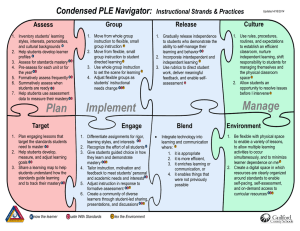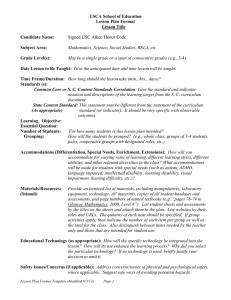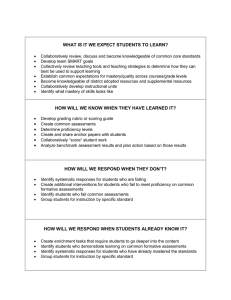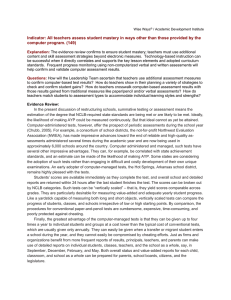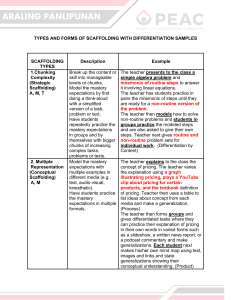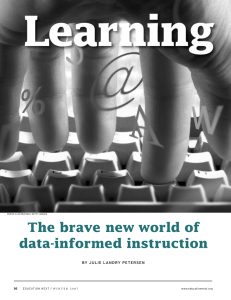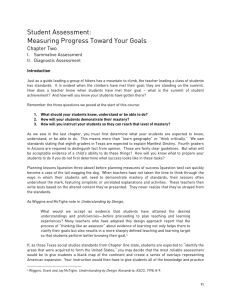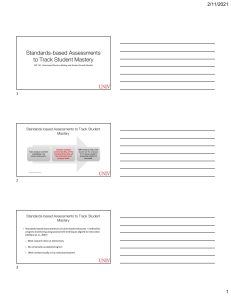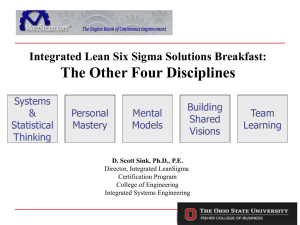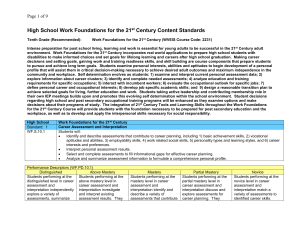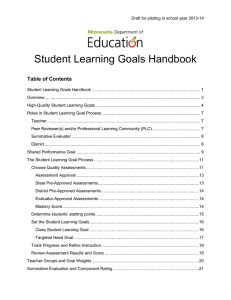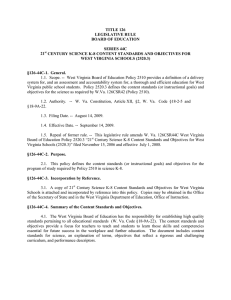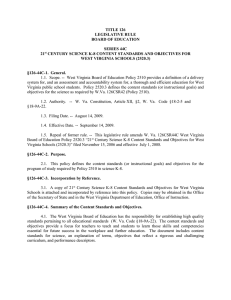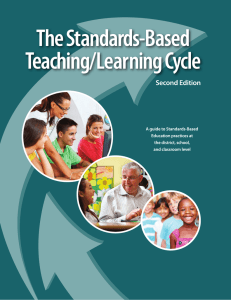P E I
advertisement
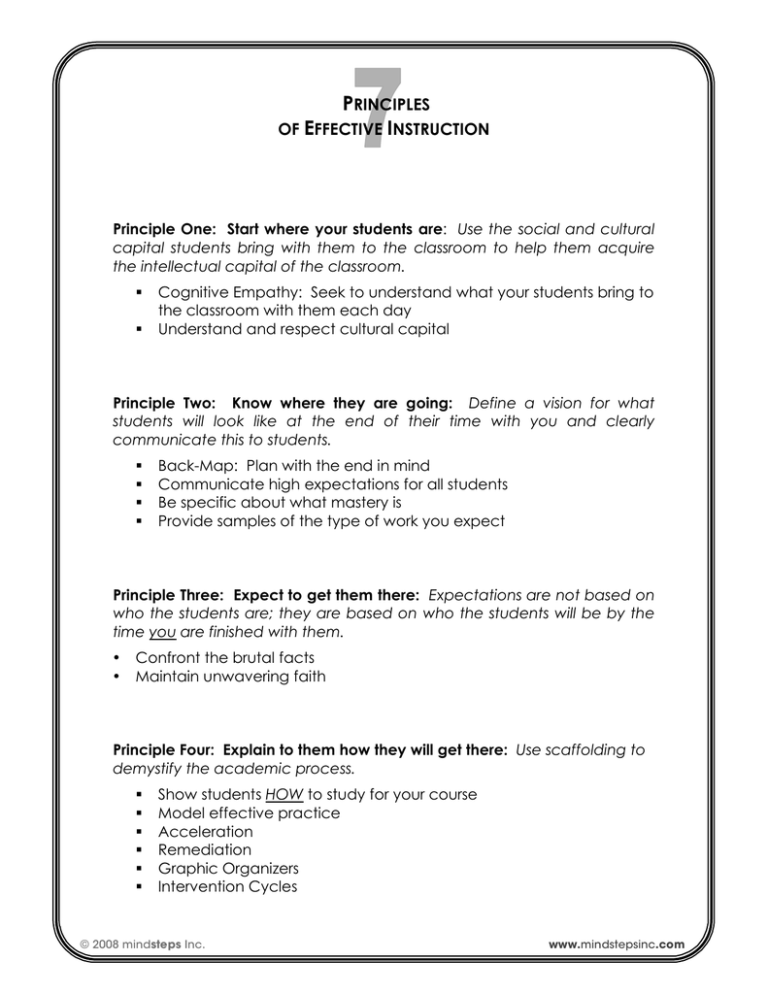
PRINCIPLES OF EFFECTIVE INSTRUCTION Principle One: Start where your students are: Use the social and cultural capital students bring with them to the classroom to help them acquire the intellectual capital of the classroom. Cognitive Empathy: Seek to understand what your students bring to the classroom with them each day Understand and respect cultural capital Principle Two: Know where they are going: Define a vision for what students will look like at the end of their time with you and clearly communicate this to students. Back-Map: Plan with the end in mind Communicate high expectations for all students Be specific about what mastery is Provide samples of the type of work you expect Principle Three: Expect to get them there: Expectations are not based on who the students are; they are based on who the students will be by the time you are finished with them. • • Confront the brutal facts Maintain unwavering faith Principle Four: Explain to them how they will get there: Use scaffolding to demystify the academic process. Show students HOW to study for your course Model effective practice Acceleration Remediation Graphic Organizers Intervention Cycles © 2008 mindsteps Inc. www.mindstepsinc.com Principle Five: Measure progress and give feedback Use assessments as feedback to help your students adjust performance so that they can make better progress towards their goal. Use a variety of assessment techniques Use assessment results to adjust the course to better meet student needs Provide formative assessments to measure progress towards mastery Specific, growth-oriented feedback Timely feedback Grade Tracking Sheets Principle Six: Take the quickest, most direct route Focus on quality versus quantity. Only assign work that will advance student learning No busy work Fewer homework assignments and worksheets Distributed practice versus full-length performance every time Creative use of time Principle Seven: Never work harder than your students. Understand and effectively distribute your work and the students’ work. Analytic Rubrics Your work versus their work Cooperative Learning (pairs and triads) Create a classroom community focused on learning Study Groups © 2008 mindsteps Inc. www.mindstepsinc.com
